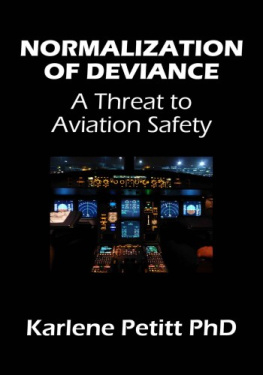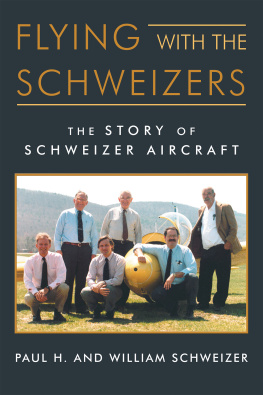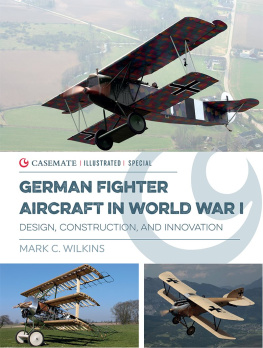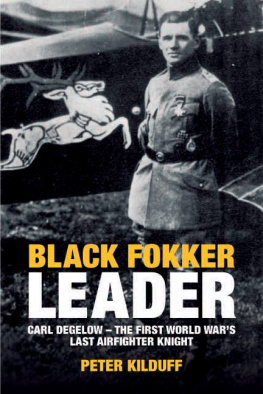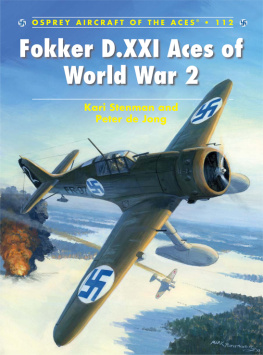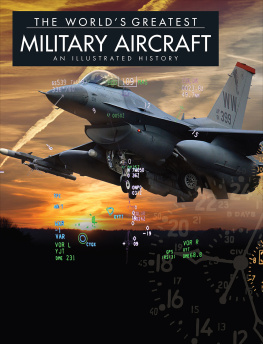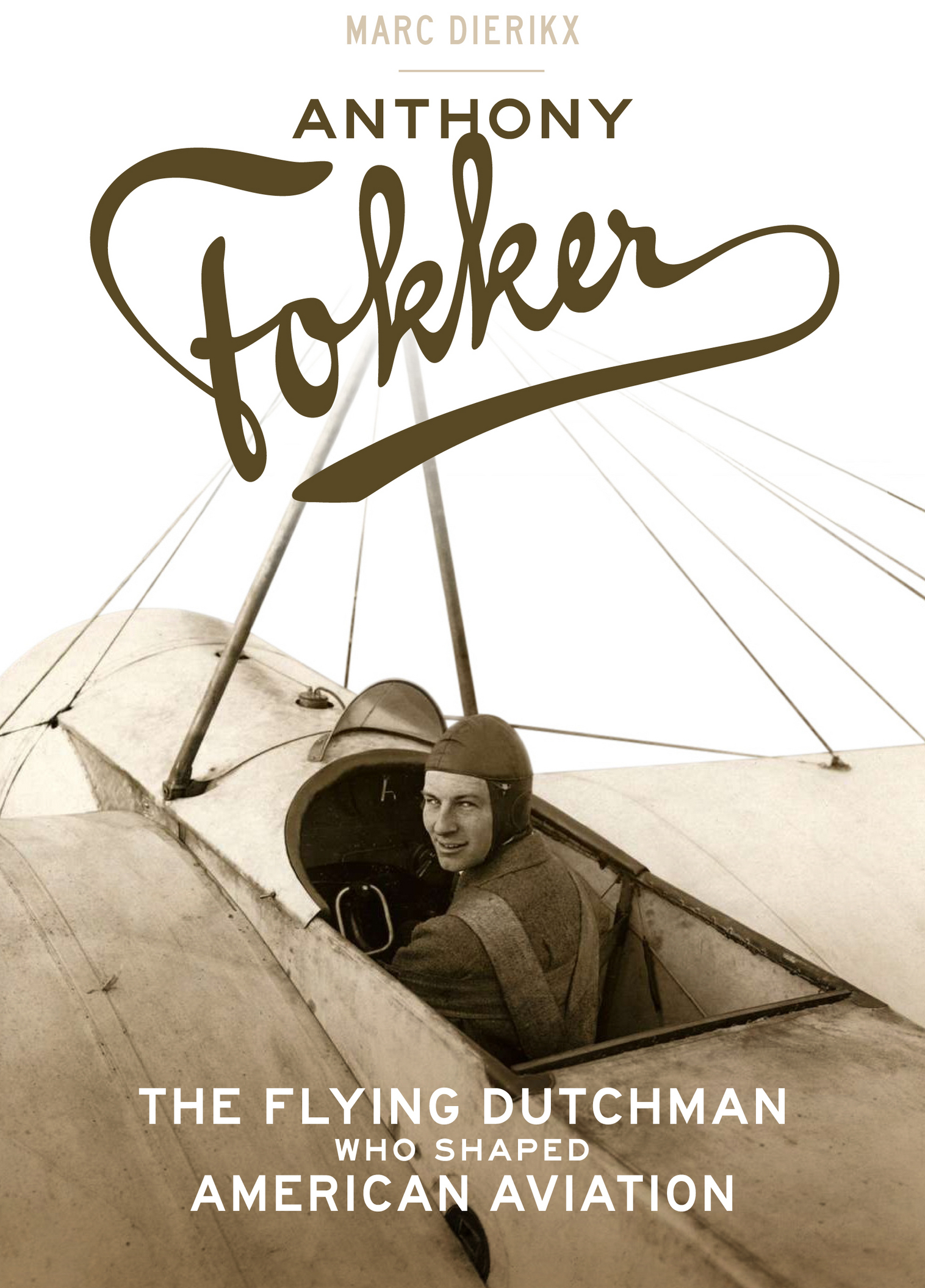Marc Dierikx - Anthony Fokker: The Flying Dutchman Who Shaped American Aviation
Here you can read online Marc Dierikx - Anthony Fokker: The Flying Dutchman Who Shaped American Aviation full text of the book (entire story) in english for free. Download pdf and epub, get meaning, cover and reviews about this ebook. year: 2014, publisher: Smithsonian Books, genre: Detective and thriller. Description of the work, (preface) as well as reviews are available. Best literature library LitArk.com created for fans of good reading and offers a wide selection of genres:
Romance novel
Science fiction
Adventure
Detective
Science
History
Home and family
Prose
Art
Politics
Computer
Non-fiction
Religion
Business
Children
Humor
Choose a favorite category and find really read worthwhile books. Enjoy immersion in the world of imagination, feel the emotions of the characters or learn something new for yourself, make an fascinating discovery.

- Book:Anthony Fokker: The Flying Dutchman Who Shaped American Aviation
- Author:
- Publisher:Smithsonian Books
- Genre:
- Year:2014
- Rating:4 / 5
- Favourites:Add to favourites
- Your mark:
Anthony Fokker: The Flying Dutchman Who Shaped American Aviation: summary, description and annotation
We offer to read an annotation, description, summary or preface (depends on what the author of the book "Anthony Fokker: The Flying Dutchman Who Shaped American Aviation" wrote himself). If you haven't found the necessary information about the book — write in the comments, we will try to find it.
Comprehensive biography of Anthony Fokker, the famed Dutch pilot and daredevil aviator
Anthony Fokker: The Flying Dutchman Who Shaped American Aviation tells the larger-than-life true story of maverick pilot and aircraft manufacturer Anthony Fokker. Fokker came from an affluent Dutch family and developed a gift for tinkering with mechanics. Depite not receiving a traditional education, he stumbled his way into aviation as a young stunt pilot in Germany in 1910. He survived a series of spectacular airplane crashes and rose to fame within a few years. A combination of industrial espionage, luck, and deception then propelled him to become Germanys leading aircraft manufacturer during World War I, making him a multimillionaire by his midtwenties.
When the German Revolution swept the country in 1918 and 1919, Fokker made a spectacular escape to the United States. He set up business in New York and New Jersey in 1921, and shortly thereafter became the worlds largest aircraft manufacturer. The U.S. Army and Navy acquired his machines, and his factories equipped legendary carriers such as Pan American and TWA at the dawn of commercial air transport.
Yet despite his astounding success, his empire collapsed in the late 1920s after a series of ill-conceived business decisions and deeply upsetting personal dramas. In 1927, aviator Richard Byrd solicited a Fokker three-engine plane to be the first to fly non-stop across the Atlantic. The plane was damaged on a test flight and Charles Lindbergh beat him to it. Lindberghs solo adventure in the Spirit of St. Louis earned him--and cost Fokker--a lasting place in the history books. Using previously undiscovered records and primary sources, Marc Dierikx traces Fokkers extraordinary life and celebrates his spectacular achievements.
Marc Dierikx: author's other books
Who wrote Anthony Fokker: The Flying Dutchman Who Shaped American Aviation? Find out the surname, the name of the author of the book and a list of all author's works by series.

